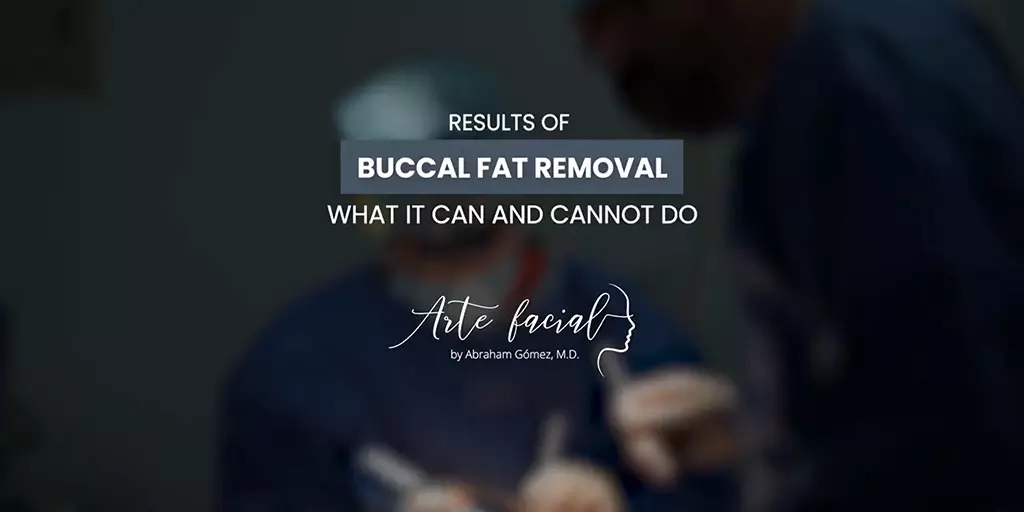Buccal fat removal is an outpatient surgery that subtly improves cheek contour by thinning the area below the cheekbones. Proper surgical technique is paramount to prevent complications, such as damage to key anatomical structures. Inadvertent injury to the parotid duct or facial nerve branches can produce significant sequelae.
The procedure may be done under local anesthesia alone or with intravenous sedation. The best option will depend on personal preference and patients’ pain threshold. Buccal fat is identified by making a small incision on the inside of the mouth with cautery, laser, or a surgical blade. Next, buccal fat pads are teased out in a careful and meticulous manner.
In order to achieve natural results and avoid overcorrection, the surgeon must be very conservative with the amount of fat that he or she removes. Aggressive removal of buccal fat can easily create an empty or gaunt facial appearance. Results should be subtle and natural. These can be seen as soon as 2 weeks after the operation, although it may take longer due to inflammation.
An important note regarding buccal fat removal
Patients should be cautious of online marketing ads which may raise unrealistic expectations about the surgery. These images are often modified with editing software or makeup techniques to show pristine results. Most importantly, buccal fat removal does not improve cheekbone contour, nor does it address jowl fat. As in any cosmetic plastic surgery, expectations are key in buccal fat removal.











 |
|